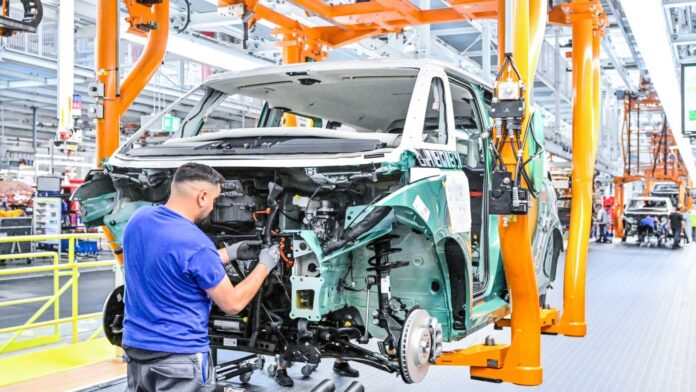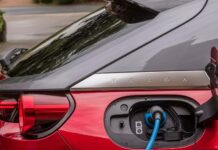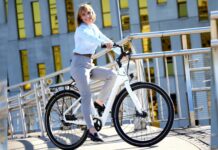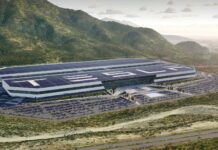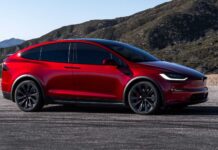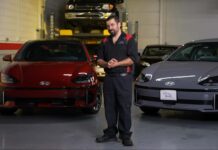[ad_1]
As production of the ID. Buzz and ID. Buzz Cargo started earlier this month at Volkswagen Commercial Vehicles’ flagship plant in Hanover, Germany, the automaker has released some interesting manufacturing numbers.
Over the course of this year, the company plans to increase the factory’s daily production from 810 vehicles to a total of 900 (ID. Buzz, ID. Buzz Cargo, Multivan and T6.1 combined), with the goal of producing a total of around 15,000 ID. Buzz models in 2022. In the future, there are plans to build up to 130,000 units per year at VWCV’s main plant.
“As we develop our portfolio, after 2023 we will produce up to 130,000 units of the ID. Buzz and ID. Buzz Cargo at our Hanover plant.”
Josef Baumert, Member of the VWCV Brand Management Board for Production and Logistics

Axle assembly for 2023 VW ID. Buzz at Barsinghausen plant

MEB battery system in production at Braunschweig plant
The number appears to be consistent with earlier annual sales estimates from Volkswagen executives. Back in March, Ralf Brandstätter, the head of the Volkswagen Passenger Cars brand, said the carmaker wanted to sell around 120,000 units a year worldwide. It is unclear whether he was referring to ID. Buzz only or ID. Buzz and ID. Buzz Cargo combined.
Volkswagen USA boss Scott Keogh previously said that ID. Buzz volumes in the United States would likely be under 100,000 annually. Factor in the global sales target of 120,000 units and it’s quite clear the US will be the biggest market for the ID. Buzz.
With the start of ID. Buzz series production, the VWCV plant in Hanover is now the third German production site for vehicles of the ID. family, after Zwickau and Dresden.
VW says around 4,000 employees at the Hanover plant trained to produce the ID. Buzz while also assembling Multivan and T6.1 vans—all three vehicles based on three different platforms are partly manufactured on the same line. For the body construction of the ID. Buzz, the automaker notes that it has increased the degree of automation by 15% compared to the T6.1, reaching 92%.

Assembly of the MEB electric drive at the components plant in Kassel

Stator production for MEB-based EVs in the components plant in Salzgitter
Volkswagen also reveals where the components for the ID. Buzz come from. The whole front and rear axles of the ID. Buzz and ID. Buzz Cargo come from Volkswagen Group Components’ nearby Barsinghausen plant, which also supplies motor housings for the MEB platform.
The MEB battery system for the ID. Buzz currently comes from the site in Braunschweig but will be assembled at Hanover’s Barsinghausen site from 2024.
Other key ID. Buzz components are shipped from Kassel (electric drives) and Salzgitter (rotor and stator for the MEB’s electric drive). Volkswagen Group Components has pledged to invest about €2.3 billion ($2.4 billion) in the electrification of locations in Germany alone through 2026, well more than half of all investments.
The first deliveries of ID. Buzz and ID. Buzz Cargo vehicles to customers in Europe will take place this autumn.

[ad_2]
Source link

